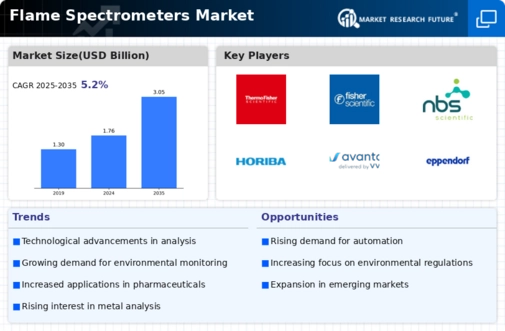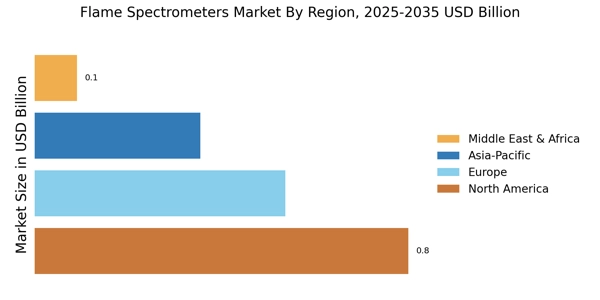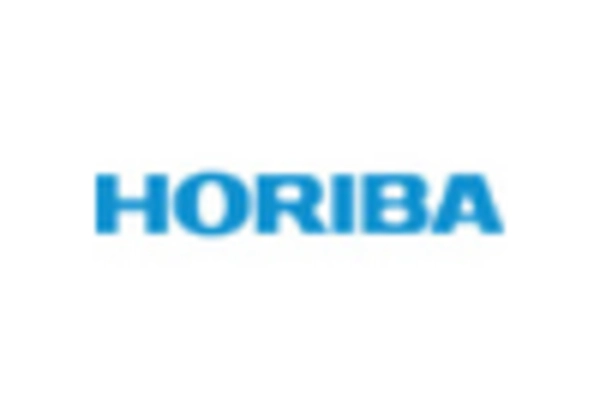Growth in Industrial Applications
The Flame Spectrometers Market is witnessing significant growth due to the expanding industrial applications of these instruments. Industries such as metallurgy, mining, and petrochemicals are increasingly utilizing flame spectrometers for quality control and material analysis. The ability of flame spectrometers to provide rapid and accurate elemental analysis makes them indispensable in these sectors. For instance, in metallurgy, flame spectrometers are employed to determine the composition of alloys, ensuring product quality and compliance with industry standards. The market is expected to see a rise in adoption rates, as industries recognize the value of flame spectrometers in enhancing operational efficiency and reducing production costs.
Rising Demand in Analytical Laboratories
The Flame Spectrometers Market is experiencing a notable increase in demand from analytical laboratories. This surge is primarily driven by the need for precise and reliable analytical results in various sectors, including pharmaceuticals, environmental monitoring, and food safety. As laboratories strive to enhance their testing capabilities, flame spectrometers are becoming essential tools for elemental analysis. The market for flame spectrometers is projected to grow at a compound annual growth rate of approximately 5.2% over the next few years, reflecting the increasing reliance on these instruments for accurate measurements. Furthermore, the integration of advanced technologies in flame spectrometers is likely to enhance their performance, making them more appealing to laboratories seeking efficiency and accuracy in their analyses.
Emerging Markets and Economic Development
The Flame Spectrometers Market is poised for expansion in emerging markets, where economic development is driving increased investment in scientific research and industrial applications. Countries with growing economies are establishing laboratories and manufacturing facilities that require advanced analytical instruments, including flame spectrometers. The rising demand for quality control and assurance in various industries is likely to propel the market forward. Furthermore, as educational institutions in these regions enhance their research capabilities, the need for flame spectrometers is expected to rise. This trend indicates a promising future for the flame spectrometers market, as emerging economies continue to develop and invest in scientific infrastructure.
Increased Focus on Environmental Monitoring
The Flame Spectrometers Market is benefiting from an increased focus on environmental monitoring and compliance. Governments and regulatory bodies are emphasizing the need for accurate monitoring of pollutants and contaminants in air, water, and soil. Flame spectrometers are essential tools for detecting trace elements and heavy metals, which are critical for environmental assessments. The rising awareness of environmental issues is likely to drive the demand for flame spectrometers, as industries and laboratories seek reliable methods for compliance with environmental regulations. This trend is expected to contribute to the growth of the flame spectrometers market, as more organizations invest in advanced analytical equipment to meet regulatory requirements.
Technological Innovations in Flame Spectrometry
Technological innovations are playing a pivotal role in shaping the Flame Spectrometers Market. Recent advancements in spectrometer design and functionality have led to improved sensitivity and detection limits, making these instruments more effective for a wider range of applications. Innovations such as the integration of digital signal processing and enhanced optical systems are likely to attract more users to flame spectrometers. Additionally, the development of portable and user-friendly models is expected to expand the market reach, catering to users in remote locations or those requiring on-site analysis. As technology continues to evolve, the flame spectrometers market is poised for further growth, driven by the demand for more sophisticated analytical tools.

















Leave a Comment